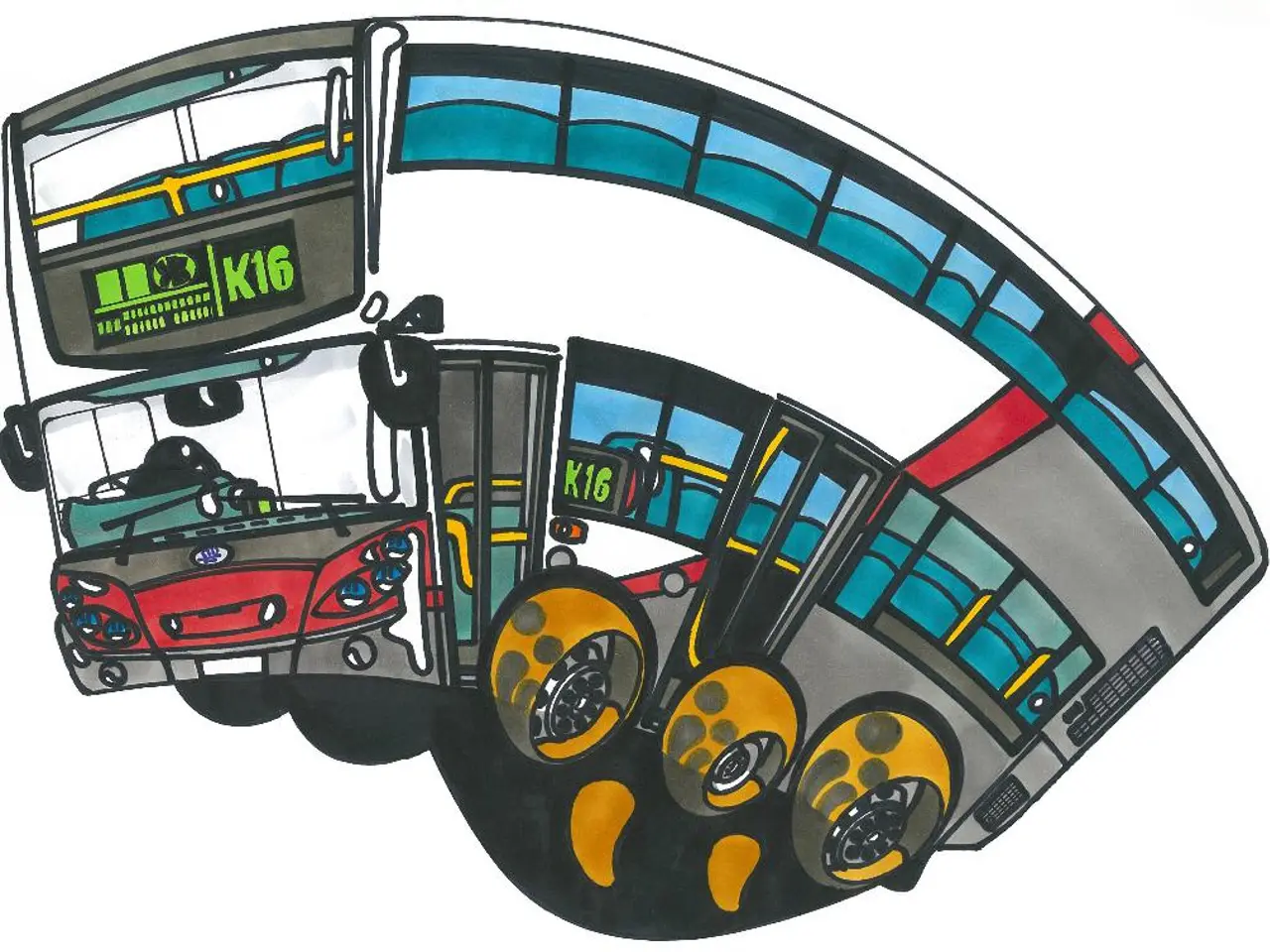Understanding Mixer Buses: Crafting an Exceptional Signal Flow
Mix bus processing, a crucial step in music production, plays a significant role in shaping the overall sound cohesion and tonal balance of a mix before mastering. This process involves applying effects like compression, equalization, and saturation to the combined stereo mix or groups of tracks [2][4][5].
During the mixing phase, mix bus processing serves to blend and unify multiple individual tracks systematically, smoothing dynamics and balancing frequencies so the mix sounds like a coherent whole rather than disparate elements. This processing can be done via hardware or software compressors and equalizers, with some engineers favoring hardware for its unique sound characteristics and musicality [3].
The goal is to optimize the mix’s sonic quality, ensuring it translates well on various playback systems and is ready for the final mastering stage, where further polish, volume leveling, and final adjustments occur [1][4].
One of the most powerful mixing tools when used carefully on the mix bus is EQ. It can help the mix 'sing' by subtly adjusting frequencies to create a more balanced and harmonious sound [6]. Tightening up the low end with a high-pass filter on the mix bus can help clean the overall balance [7].
Mid/Side processing is another game-changer, allowing you to shape the stereo image exactly as you want it [8]. By boosting or attenuating the side signal proportionally to the amount of space and depth the mix requires, you can punch up the mix without compromising its overall balance [9].
A good compressor is paramount when processing the mix bus, as it shapes the dynamics effectively [10]. Downward compression, with recommended settings of Ratio: 2:1 or 4:1, Attack time: 10-40ms, and Release time: 75-300ms, is the most common form of dynamic processing on the mix bus [11]. Upward compression, achieved through parallel processing, can be used to lift the low-level details and passages of a mix [12].
However, when it comes to mix bus processing, there are certain effect types best avoided. Time-based, Pitch-based, Chorus, and Phase-based effects are typically shunned, as they can create unwanted artifacts and disrupt the overall balance of the mix [1][5]. Effects like Frequency Shifters, Phasers, Flangers, Resonators, and Comb Filters are also generally avoided, as they can lead to phase issues and other unwanted sonic artefacts [13].
Reverb and Delay are typically used as creative FX, and they are better applied on a send or individual channel/bus rather than the overall mix bus [14]. Instead, they can be used to create depth and space within the mix, enhancing the overall listening experience.
In summary, mix bus processing is applied to the summed mix or grouped instruments to enhance cohesion, tonal balance, and dynamic control, which is essential for a professional and polished final product. It acts as an intermediate step between individual track mixing and mastering, preparing the audio for final release or distribution [2][4]. By carefully selecting and applying the right effects, engineers can create a mix that translates well across various playback systems and tells the story of the music effectively.
The incorporation of technology in the form of software and hardware compressors, equalizers, and mid/side processors aids in optimizing the lifestyle aspect of music production by shaping the sonic quality ofMix bus processing, enhancing cohesion, tonal balance, and dynamic control during the mixing phase. On the other hand, the judicious avoidance of time-based, pitch-based, chorus, phase-based effects, frequency shifters, phasers, flangers, resonators, comb filters, and the overuse of reverb and delay in the mix bus helps maintain a balanced and harmonious entertainment experience.




